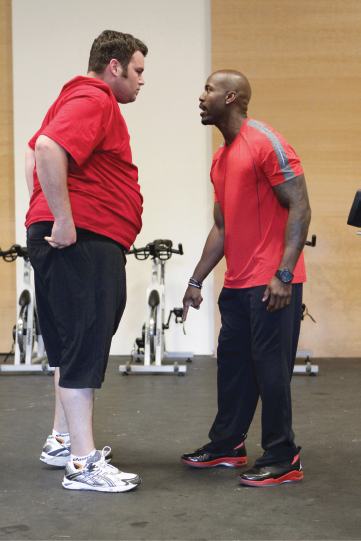Physical Appearance

If you’ve ever seen a reality television makeover show (from The Biggest Loser to What Not to Wear), you know that many people wish to alter their appearance to elicit positive changes in their personal and professional lives. Although what you wear—
Most people in Western society are well aware of the significance of appearance. Research shows that society affords attractive people certain advantages. For instance, attractive students receive more interaction from their teachers (Richmond et al., 1991), and “good-
Perceptions about appearance and attractiveness are inferred not only from physical characteristics like body shape and size, facial features, skin color, height, and hair color but also from the clothing you wear, which can reveal quite a bit about your status, economic level, social background, goals, and satisfaction (Crane, 2000). In fact, your clothing choice can also speak to your communication intentions. When Queen Elizabeth II became the first British monarch to visit the Irish Republic after decades of discord, she wore a suit in emerald green, the proud color of the Emerald Isle. Clearly her choice signaled a hoped-
Chapter 11 explains that the artifacts you exhibit in a professional setting both reflect and shape the organization’s culture—
We also infer a great deal of meaning from artifacts—accessories carried or used on the body for decoration or identification. For example, the expensive Rolex watch that your uncle wears sends a very different message about wealth and status than a ten-
Remember that perceptions of artifacts (and physical appearance in general) can change over time. To illustrate, when the late British politician Margaret Thatcher carried a handbag, it was at first perceived as a sign of weakness, but with her rise to prime minister, the handbag came to be a symbol of tremendous power (Givhan, 2013).